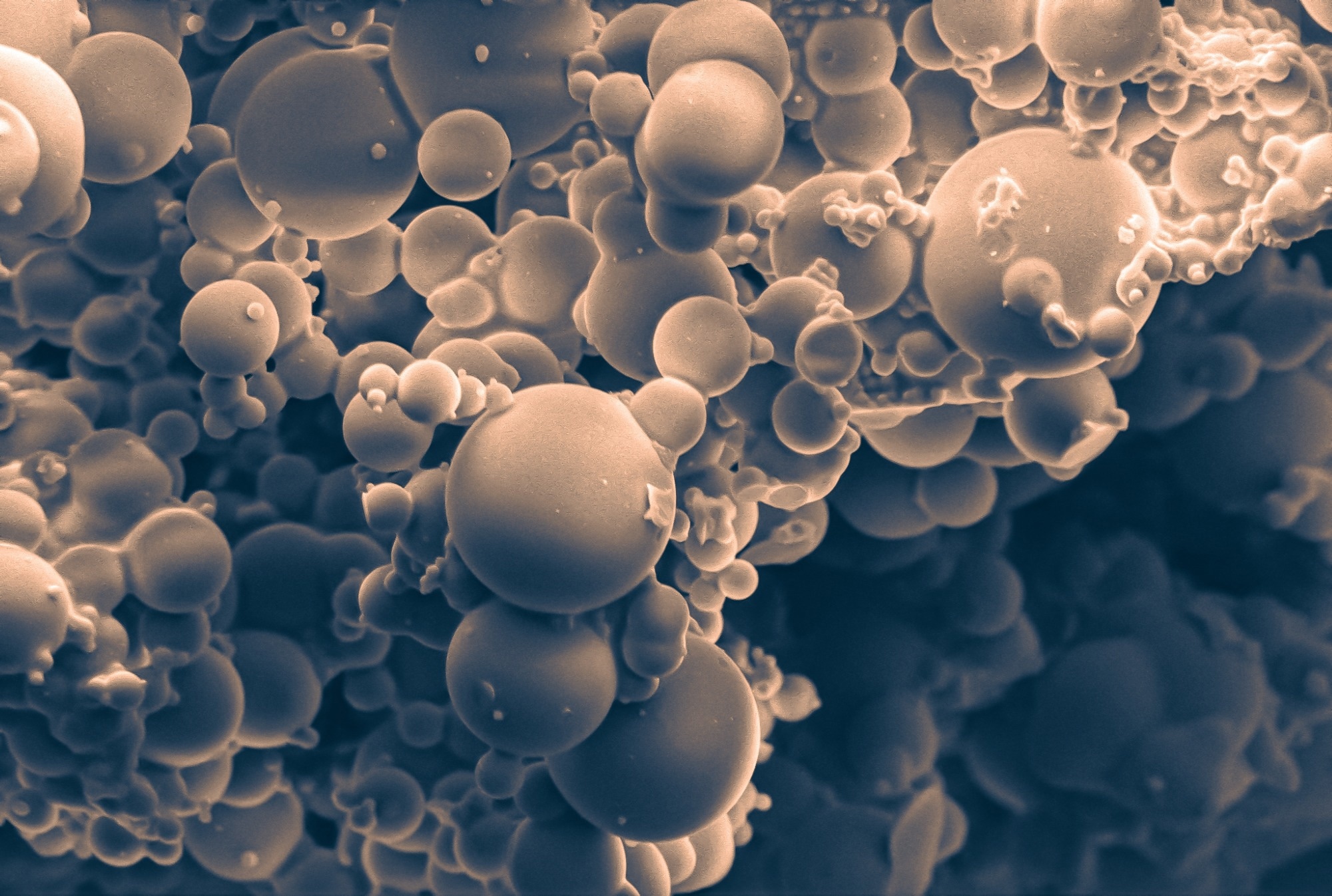A single silver atom added to a high-nuclear nanocluster structure boosts photoluminescence quantum yield by 77 times. This atomic-level tweak, enabled by smart ligand design, enhances radiative decay and suppresses non-radiative losses, unlocking potential for brighter optoelectronic devices.
 Image Credit: Adriano Frisanco/Shutterstock.com
Image Credit: Adriano Frisanco/Shutterstock.com
The researchers from Tohoku University, Tokyo University of Science, and the Institute for Molecular Science recently published their findings in the Journal of the American Chemical Society.
The study describes a substantial, 77-fold improvement in photoluminescence quantum yield (PLQY) at ambient temperature, creating an avenue for its practical applications in optoelectronics and sensing technologies.
Photoluminescence quantum yield is an essential metric for determining photoluminescence efficiency, which is the ability of a material to absorb energy and convert it into light. Improving PLQY has a positive influence on technologies like OLEDs in television displays.
However, selecting materials with high PLQY alone is insufficient. For example, Ag NCs have an intrinsically low PL efficiency, which has limited their practical uses, but their unique optical features hold enormous potential.
The researchers synthesized and compared two closely similar anion-templated Ag NCs: [SO4@Ag78S15(CpS)27(CF3COO)18]+: Ag78 NC (CpS: cyclopentatethiolate) and [SO4@Ag79S15(iPrS)28(iPrSO3)15(CF3COO)4]: Ag79 NC (iPrS: iso-propyl thiolate).
Both NCs have a similar structural foundation, with the main difference being a single extra Ag atom in the outermost shell of Ag79 NC.
This addition was made possible by small alterations to the surface-protecting ligands, namely the in situ produced iPrSO3– group, which formed a void inside the NC framework, allowing the additional atom to be included. While the basic structure remained mostly intact, the shell modification had a significant impact.
The synthesis of Ag79 involved a Cu(II)-catalyzed process that led to in situ formation of both iPrSO3 ligands and the SO42- template, enabling precise control over cluster composition and architecture.
In the Ag79 nanoclusters, adding a silver atom increased radiative decay rates and made the cluster significantly more rigid. The rigidity substantially reduced non-radiative decay pathways, which normally reduce luminescence efficiency.
The Ag79 NC demonstrated an impressive 77-fold increase in PL quantum yield over Ag78 NC at room temperature due to the combination of improved radiative decay and decreased non-radiative losses.
The radiative enhancement observed was attributed to symmetry breaking in Ag79, which increases oscillator strength, while the suppression of non-radiative decay was linked to the surface rigidity introduced by the bulkier, tridentate iPrSO3 ligands.
This is the first clear evidence that the incorporation of just one extra silver atom, guided by ligand design, can drastically boost performance. Our findings open a pathway to rationally engineer efficient light-emitting nanoclusters through atomic-level structural modifications.
Yuichi Negishi, Professor, Tohoku University
The team hopes this development might open up new possibilities for the use of silver nanoclusters in bioimaging, catalytic systems, and high-performance light-emitting devices where effective room-temperature luminescence is essential.
Journal Reference:
Akiyama, A. et.al. (2025) Triggering Photoluminescence in High-Nuclear Silver Nanoclusters via Extra Silver Atom Incorporation. Journal of the American Chemical Society. doi.org/10.1021/jacs.5c10289.